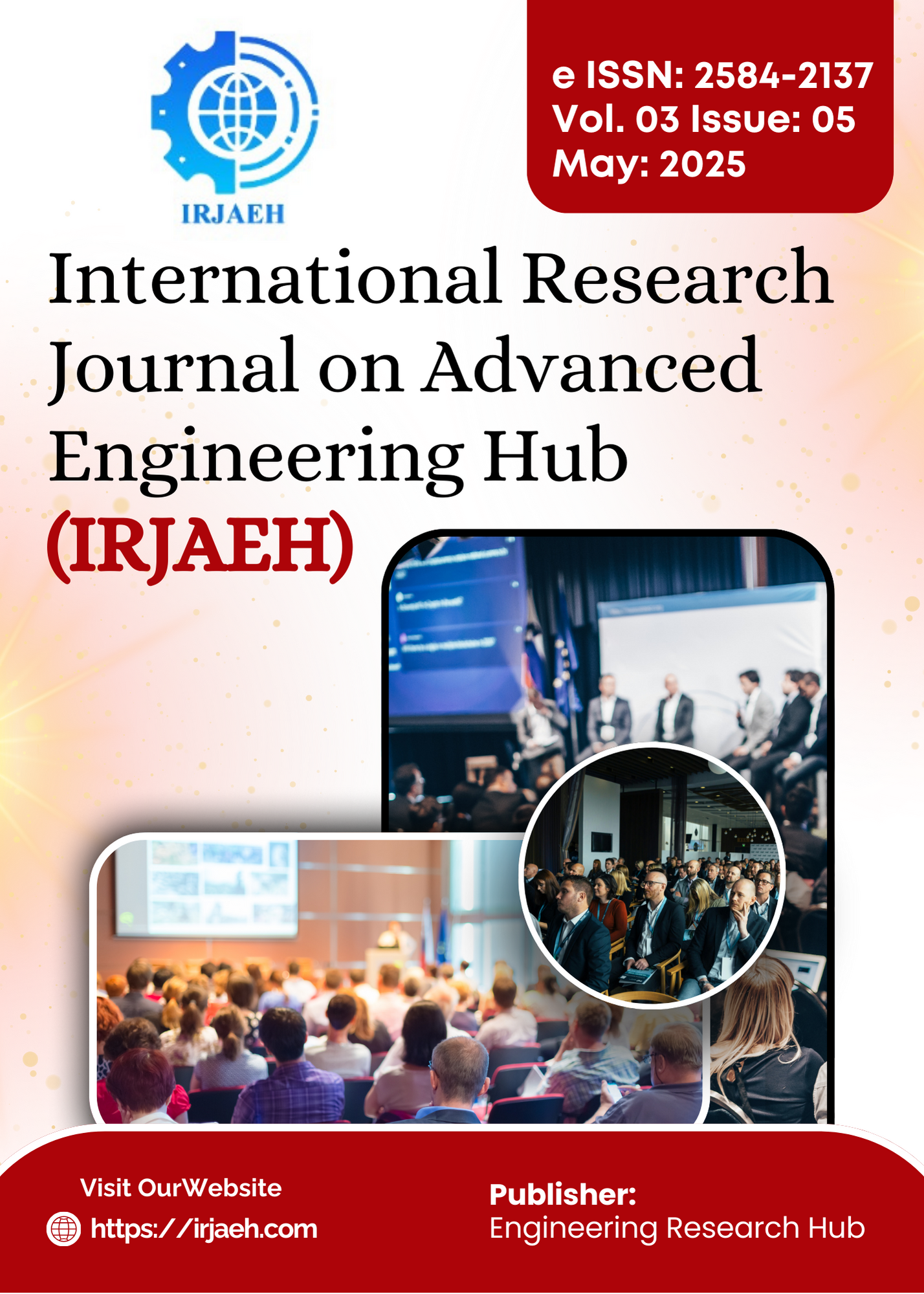Early Stage Detection of Autism Spectrum Disorder
DOI:
https://doi.org/10.47392/IRJAEH.2025.0399Keywords:
Early Identification, Early Intervention, Diagnostic Delay, Screening Tools, False Positives, Specificity, Positive Predictive Value, Machine Learning, Image-Based Diagnosis, CNN, Deep Neural Networks (DNNs), Behavioral Data Integration, Diagnostic Accuracy, Screening Process, Predictive Modeling, Early Childhood DevelopmentAbstract
Autism Spectrum Disorder (ASD) is a developmental condition impacting communication, behavior, and social interaction, and it affects approximately 2% of children in the U.S. Early identification and intervention are critical to improving long-term outcomes for children with ASD, yet delays in diagnosis remain a significant barrier. Current screening tools, such as the Modified Checklist for Autism in Toddlers, revised with Follow-Up (M-CHAT-R/F), are widely used and effective in identifying potential ASD cases. However, these tools often exhibit limitations in specificity, leading to a high rate of false positives and a lower positive predictive value. This poses challenges for healthcare systems and families, as unnecessary follow-ups and evaluations can strain resources and cause undue stress.To address these limitations, a machine learning-based framework has been proposed to enhance the accuracy of early ASD detection. By leveraging advanced computational techniques, the framework evaluates the performance of eight different algorithms, including AdaBoost, Random Forest, and Support Vector Machines (SVM). A voting classifier, which combines predictions from multiple models, is also employed to improve the robustness and reliability of probability assessments. In addition to traditional machine learning methods, the study explores the potential of image-based approaches, such as Convolutional Neural Networks (CNNs) and Deep Neural Networks (DNNs). These techniques could provide valuable insights when integrated with behavioral data, offering a more comprehensive diagnostic tool. Furthermore, advancements in motion analysis and the use of biomarkers are discussed as complementary strategies to refine the screening process. However, while these technologies show promise, further research and validation are needed to ensure their effectiveness and applicability across diverse populations
Downloads
Downloads
Published
Issue
Section
License
Copyright (c) 2025 International Research Journal on Advanced Engineering Hub (IRJAEH)

This work is licensed under a Creative Commons Attribution-NonCommercial 4.0 International License.

 .
. 